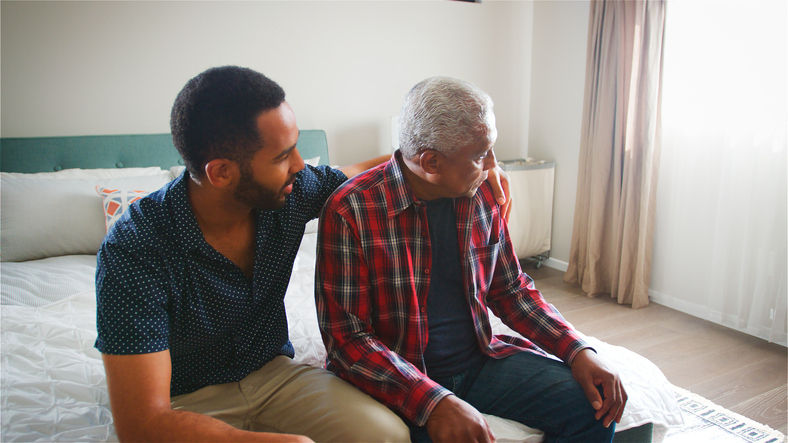To Place or Not to Place – Part 2
- Elder Care Law Blogger
- Jan 12, 2021
- 3 min read
Updated: Oct 6, 2022

Where do families often go wrong when deciding where an elderly loved one should live? We posed this question to Pati Bedwell and Debra King, both elder care coordinators at Takacs McGinnis Elder Care Law. Pati and Debra have many decades of experience working with older adults and their families. In this article, they talk about two of the most common mistakes they see families make and share how working with an elder care coordinator can help everyone sidestep trouble.
Mistake #1: Believing that Home is Always Best
Would most people prefer to keep their loved ones at home? Yes, says Pati, but there’s a caveat. “Keeping mom or dad at home is always everyone’s goal, but it’s not always a practical goal, even if you promised that you would keep them at home,” she explained. “It all boils down to care.” What care does the person need? Can those needs be safely met at home? How many hours a day will that care be needed? Who will provide that care? Will family caregivers do it? Will professional caregivers do it? Who will manage it all? “Most families don’t stop to consider what it will require to keep a loved one at home if he or she needs care 24/7. Without guidance, it’s easy to underestimate what a loved one needs and overestimate what family members can actually do. If the primary caregiver burns out under the strain it can put the whole family into crisis.”
As elder care coordinators working as part of a Life Care Planning team, Pati and Debra support their clients by assessing care needs, completing safety audits, and helping family members look realistically at their ability to meet the elder’s needs. Whether a family opts for home care or placement in a facility, Pati and Debra are there to provide support, education, guidance, and help with decisions every step of the way. “A big part of our job is restoring the confidence of family caregivers,” Pati added. “Most come to us feeling like they’ve failed and it’s our job to show them how they’ve succeeded.”
Mistake #2 Overlooking Safety & Access Factors
If the goal is to keep mom or dad at home, family caregivers often forget to think through important issues like a loved one’s ability to access the home and get around safely once in it. If your loved one uses a walker or wheelchair, will they be able to navigate steps to enter the home? Will they be able to get around? Will doorways be wide enough to accommodate a wheelchair or walker? Are there slip and trip hazards? Will they be able to get to the bathroom on their own, prepare their own meals, or manage their own personal hygiene?
Working with an elder care coordinator who is part of a Life Care Planning Law Firm can help family caregivers accurately assess both safety issues in the home and the amount of help the elder will need to manage the activities of daily living. “Once I know what care the elder needs and what modifications will make the home safe, I will work with the attorneys and public benefits professionals on staff to find ways to pay for that care,” Debra said. “Families don’t need to go outside the firm to get those financial issues resolved. It’s all part of the Life Care Plan.”







Comments